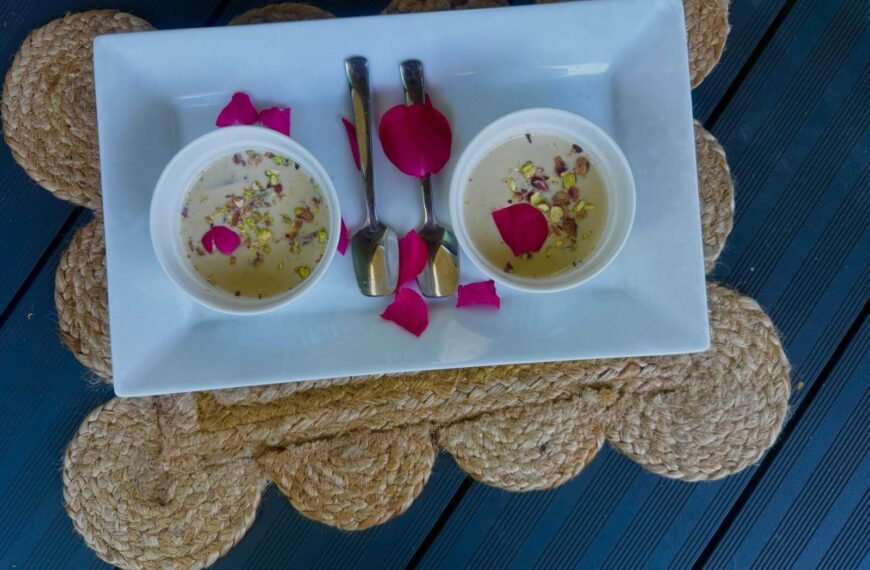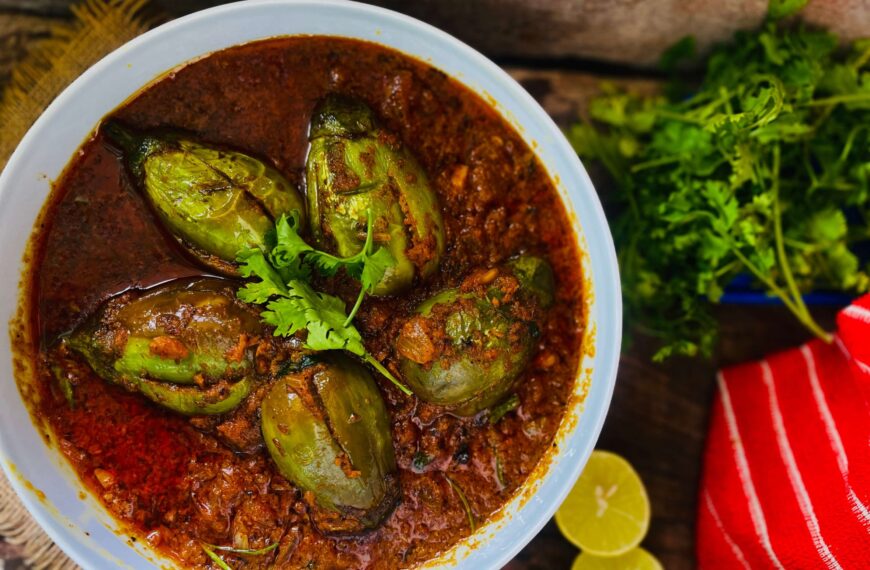The posting at Alwar excited Lily as she had heard of the daunting forts and quaint gullies and bazaars of the towns of Rajasthan, brimming forth textiles and crafts. Alwar was known as the Tiger Gate of Rajasthan. It was the erstwhile kingdom of Kuchhwaha Rajputs in the Royal colourful state of Rajasthan, midway between the national capital New Delhi and the pink city Jaipur. Alwar, spelt Ulwar by the British was the first princely state to join the British. The author brings alive the sights and sounds of Alwar, punctuated with humour, in the weekly column, exclusively for Different Truths.
 After the course finished in Deolali we were posted to our parent regiment, which was stationed in Alwar. The first floor house showed me interesting sights from the terrace. Often peacocks spread their bedazzling plumage calling out plaintively from my wall. The scooter that whizzed past our home made me insanely jealous, as it was gear-less. Ours was an ancient rotund Lambretta, which would stop with a
After the course finished in Deolali we were posted to our parent regiment, which was stationed in Alwar. The first floor house showed me interesting sights from the terrace. Often peacocks spread their bedazzling plumage calling out plaintively from my wall. The scooter that whizzed past our home made me insanely jealous, as it was gear-less. Ours was an ancient rotund Lambretta, which would stop with a splutter in the middle of a busy road, while I had to dismount and push it with a baby in my arms. No sooner had I bid a cheerful good bye to the piteous glances of friends zooming past that it would sigh and stop dead in its tracks again. To my horror the chassis broke into two from the middle. An ingenious mechanic put a rod through it and welded it back again. Well salaries were meager in the armed forces so I waited longingly till the new machine arrived. It amuses me to share with you that the scooter had to be sold by weight to the scrap dealer (kabaari).
splutter in the middle of a busy road, while I had to dismount and push it with a baby in my arms. No sooner had I bid a cheerful good bye to the piteous glances of friends zooming past that it would sigh and stop dead in its tracks again. To my horror the chassis broke into two from the middle. An ingenious mechanic put a rod through it and welded it back again. Well salaries were meager in the armed forces so I waited longingly till the new machine arrived. It amuses me to share with you that the scooter had to be sold by weight to the scrap dealer (kabaari).
This posting excited me as one had heard of the daunting forts and quaint gullies and bazaars of the towns of Rajasthan, brimming forth textiles and crafts. Alwar was known as the Tiger Gate of Rajasthan. It was the erstwhile kingdom of Kuchhwaha Rajputs in the Royal colourful state of Rajasthan, midway between the national capital New Delhi and the pink city Jaipur. Alwar, spelt Ulwar by the British was the first princely state to join the British.
Dotted with ancient palaces, forts, chhattris (canopies) and lakes, it is a pleasing place to live in. The desert starts from here. Alwar is nestled between clusters of small Arravali hills that surround it on all sides. The Bala Fort is impressive, as are the Shiva, Jain and Bhartrihari temples. Legend says that the Bhangarh Fort is haunted. An Archaeological Survey of India (ASI) sign says no visitors after evening are allowed inside.
The world famous Sariska Wildlife Sanctuary, established in 1955, is cradled in a scenic valley in the Aravallis. It is in a huge area under the Project Tiger with the dry deciduous forest providing an environment for many animals like the tiger, nilgai (blue bull), chital, sambhar, four horned antelope and wild boar. The huge fort 304 metres above the city with 5kms of ramparts running around it was constructed before the Mughals came. Babar and Jahangir are known to have stayed here. The Vinay Mahal City Palace and the Vijay Mandir palace are landmarks. The government museum has Mughal and Rajput paintings dating back to the 18th century as well as rare Arabic, Persian, Urdu and Sanskrit writings.
Gulistan, Babar’s biography Waqiat -I- Babri and a rare copy of the great epic Mahabharata painted by an artist in the Alwar School of painting are housed here. Jaisamand Lake, Siliserh Lake are breath taking picnic spots for hordes of tourists, built by maharajas with a penchant for beauty and luxury. The palaces are heritage hotels now providing a glimpse into the bygone eras of riches and decadence. We often sat in vehicles named one-tonne and three-tonne and rode to these exotic locales with much singing by adults and shouting by kids. Our picnic hampers went with us.
Army wives have an unerring nose to ferret out bargains in the twisting streets of old garrison towns for they are informed by those who were posted there before them. It’s a handing-taking over of information like tailors shops for kids clothes, eateries and the like. Alwar was a wonder land. The jewellery here is rather famous as the Saraafa bazaar is known for precious and semi-precious stones, diamonds and jewels, while the Kedalganj Bazaar is a world famous centre for cutting and polishing them. The Bajaaja Bazaar has traditional clothes with silk threads, beads and zardozi. Hand embroidered cloth bags, silver ornaments, home decor products flood the market place.
Rich in mineral wealth, the hills are rocky and barren and get scalding hot in the steaming summer months. The heat was unbearable as the rocks did not even cool off at night. There was no air conditioning those days. I have memories of lying on the terrace, which we first sprinkled with water in order to cool it. Air coolers were not effective at all.
Blue bulls would often accost you on the roads inside the Itarana Cantonment build around the fascinating Itarana Palace. This palace has become famous for a song of the film Bees saal baad was shot here. The ladies meets of our army ladies club were held in this palace. A particular wife of the top brass made us all dress up as the actress Waheeda Rehman to recreate the film shoot for our ladies meet. We walked to the strains of the spooky song like ghosts in the whispering corridors. ‘Kahin deep jale Kahin dil …’ rang in my ears for years!
The other part of the cantonment was housed in Jaipaltan and Mangal lancer area, which were once upon  a time the stables of the maharaja’s cavalry. The troops were all Sikhs and interestingly the regiment had been raised here in 1966. Hockey was the favourite sport of the Sikh troops and they excelled at it. I remember once, to the delight of the audience, a debonair and suave commanding officer, decided to motivate the troops by leading from the front. Well he announced that he would play in the hockey finals against the neighbouring regiment, which also consisted of only Sikh troops. In the middle of the field he pulled down his shorts from one side exposing his backside in all its glory to a profusely sweating, nursing assistant, who hastily jabbed him in the buttock with a syringe full of Neurobion. Well the audience clapped and yelled lustily as the fortified CO played from the coveted center forward position with all his newly injected power.
a time the stables of the maharaja’s cavalry. The troops were all Sikhs and interestingly the regiment had been raised here in 1966. Hockey was the favourite sport of the Sikh troops and they excelled at it. I remember once, to the delight of the audience, a debonair and suave commanding officer, decided to motivate the troops by leading from the front. Well he announced that he would play in the hockey finals against the neighbouring regiment, which also consisted of only Sikh troops. In the middle of the field he pulled down his shorts from one side exposing his backside in all its glory to a profusely sweating, nursing assistant, who hastily jabbed him in the buttock with a syringe full of Neurobion. Well the audience clapped and yelled lustily as the fortified CO played from the coveted center forward position with all his newly injected power.
The culture of Rajasthan is fascinating with the comely damsels wearing vivid and vibrant hued long skirts called lehengas and blouses called kanchlis. The scarves are worn covering the heads and pulled over to hide the faces from the harsh sun beating down mercilessly. As there is hardly any vegetation, the ladies dress in happy, sunny colours to ward off the drabness of sand. Gleaming glass pieces and tassels ornament their feminine attire as they walk in splendour with their silver ear rings and anklets. The men folk were rather smitten by this sight.
Gunners Day was six months away but feverish preparations started long before. It is a day of celebration  for artillery officers. The commander was a flamboyant gentleman, who wanted to have a five star event on a shoestring budget. To our utter fascination, each regiment was tasked with strange orders. One regiment was told to raise piglets for the barbecue that was to take place after six months, another was asked to buy goat kids to fatten them up for mutton. The commanding officer of a third regiment was asked to buy chicks and rear them for snacks at the Gunners Day bash! The ladies giggled surreptitiously at these activities. Regiments were teaming with livestock, grunting, bleating and crowing.
for artillery officers. The commander was a flamboyant gentleman, who wanted to have a five star event on a shoestring budget. To our utter fascination, each regiment was tasked with strange orders. One regiment was told to raise piglets for the barbecue that was to take place after six months, another was asked to buy goat kids to fatten them up for mutton. The commanding officer of a third regiment was asked to buy chicks and rear them for snacks at the Gunners Day bash! The ladies giggled surreptitiously at these activities. Regiments were teaming with livestock, grunting, bleating and crowing.
Rajasthanis were conservative folks those days, so DJs were not easy to come by. As our regiment was told to organise entertainment we were at our wits end until we hit upon the brilliant idea of including the local Ram Lila Bhajan Mandali, who were roped in to become entertainers. The punditji (temple priest) changed his holy garb. He and his assistant were upgraded from being harmonium players to Casio players. A dholki (percussion instrument) accompanied them. A strong voiced rustic singer shyly stood in a darkened corner of the stage with her face veiled and sang full throated.
Alwar had one haunt for us called Hope Circus, where we went to slurp and lick off the heavenly Rabri–kulfi combination, which was unique to that place. The other divine concoction was the naughty, aphrodisiac milk cake made with thickened milk, locally known as Palang Tode (bed breaker).
©Lily Swarn
Pic from Net.









 By
By

 By
By